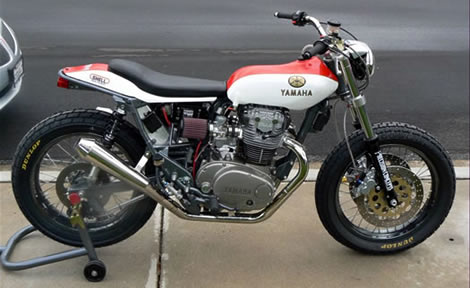shawn kloker
Well-Known Member
Is Gary still selling us OEM parts at discount? Where is he now. Thanks.

www.Cheapcycleparts.comI know, he was thinking he would stay in the business but it didn't work out. I have no idea who to buy from besides Morley or K&N in OK.



I dont think your gonna get much cheaper than K&N but you have to call them to get the price & let them know your a VMOA member.
+1 Our group has 6 or 7 Maxes and has spent thousands at K&N since lost Gary. Also bought other stuff for old Yamaha's. They are the oldest continuously operating Yamaha dealer in US. They have a bunch of old stuff in their warehouse that doesn't show up on any searches. Just ask and they will look for.hea Friend got a NOS XS650 twin headlight for his 1971 from them. Ask for Tyler MacDonald and say in VMOA.
+1 Our group has 6 or 7 Maxes and has spent thousands at K&N since lost Gary. Also bought other stuff for old Yamaha's. They are the oldest continuously operating Yamaha dealer in US. They have a bunch of old stuff in their warehouse that doesn't show up on any searches. Just ask and they will look for. Friend got a NOS XS650 twin headlight for his 1971 from them. Ask for Tyler MacDonald and say in VMOA.
Did you see the Tracy's-style gas tank/side panels/seat combo Phil Little is producing for the XS650 twins? The latest issue of Cycle World, the one w/the Indian new engine on the cover, has it in the front of the magazine. And, if you look in the letters to the editor, there is mention made of our favorite bike!
Yep, got that issue. I have owned two 650 twins. Bought both new. First in 1971 (the gold one) and in 1978 (first year of the Special). There are two in our group in Dallas (1971 and 1972) plus a friend in Texarkana has several. Every year at Mid-Ohio the 650 group from all over meets. Been doing this for years.

I bobb'd one back in the day, cool little bike but the mirrors were only functional when the bike wasn't running. :biglaugh:
F/M, neat story on the Special! :clapping:


Plenty of places cheaper then me but few keep the amount of new OEM parts (or used OEM parts) on hand like I do.
Sean
Enter your email address to join: